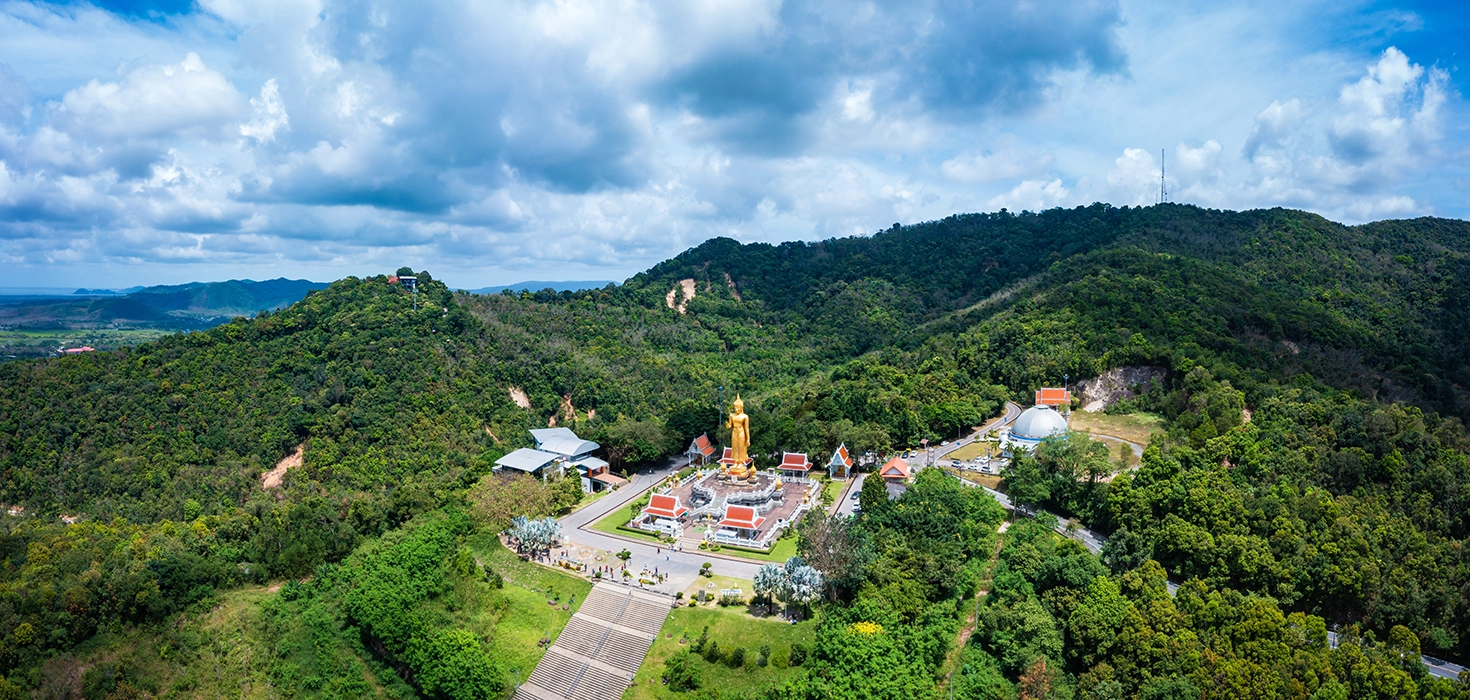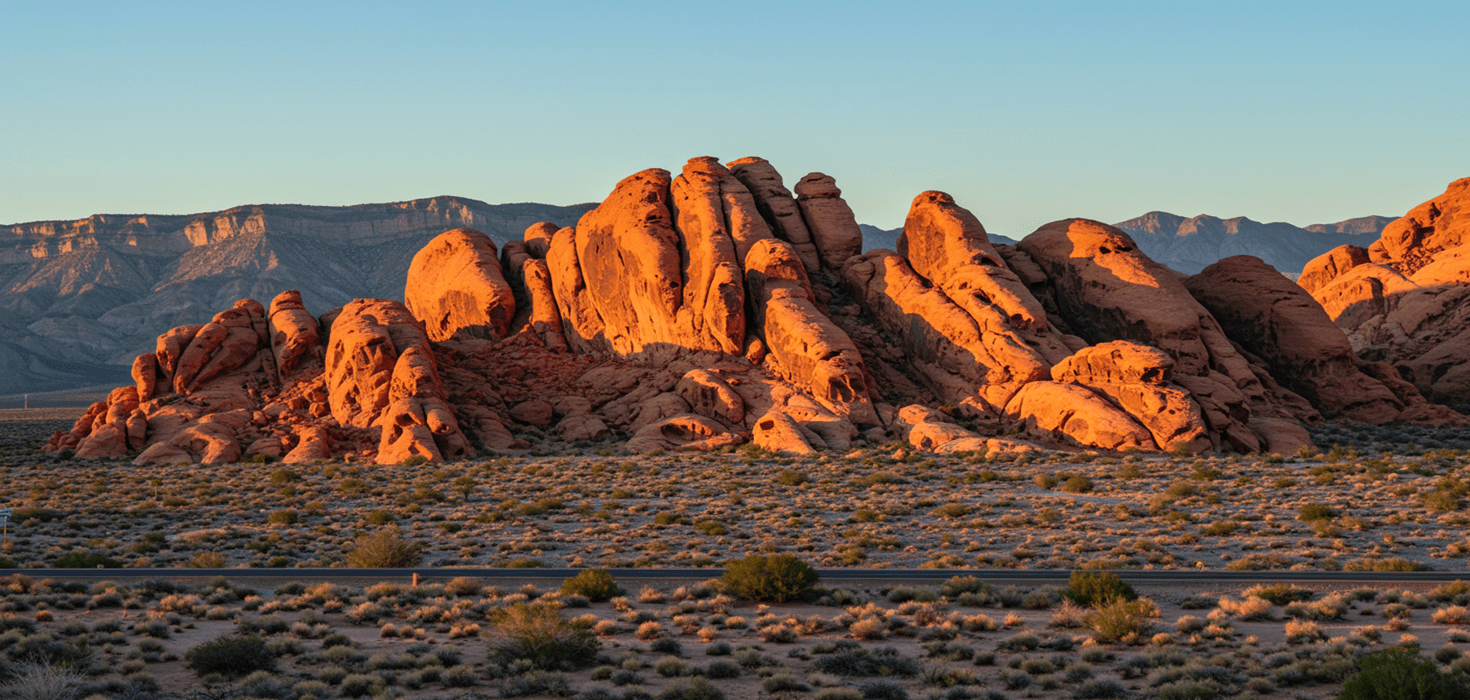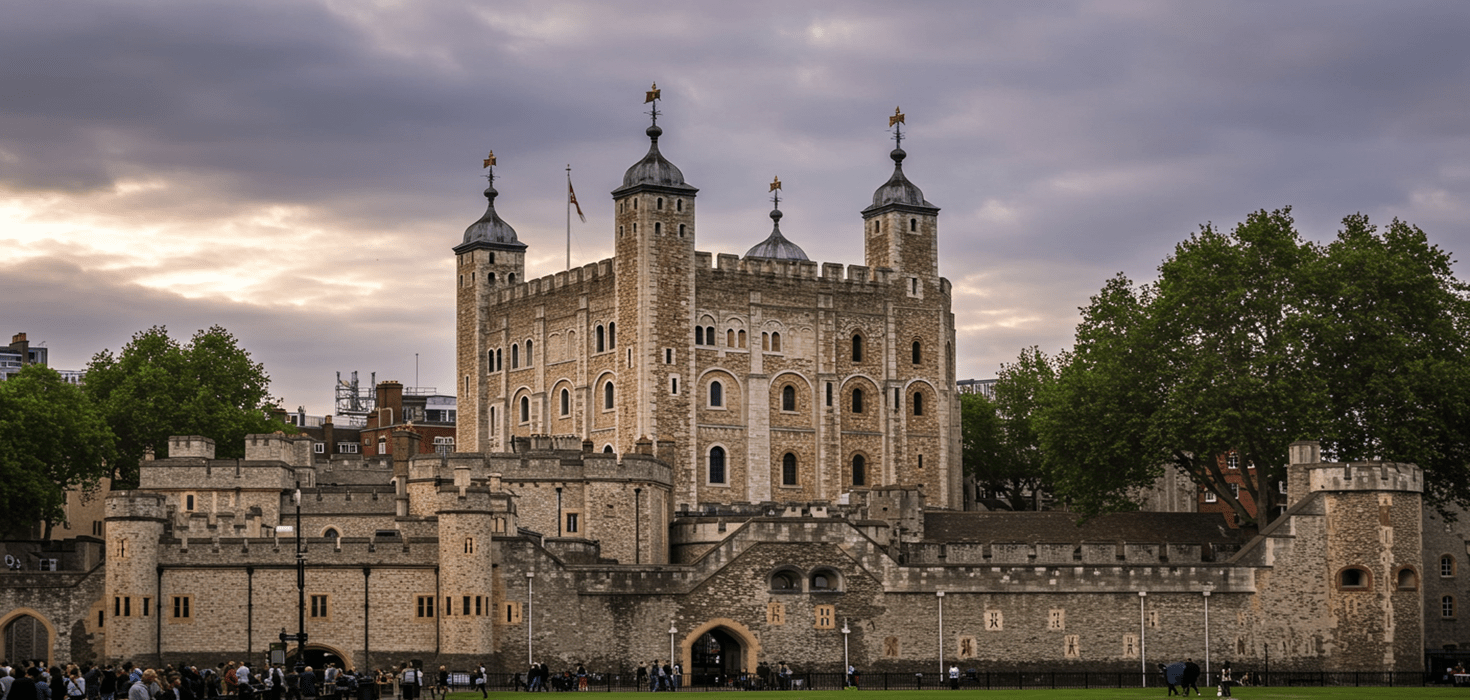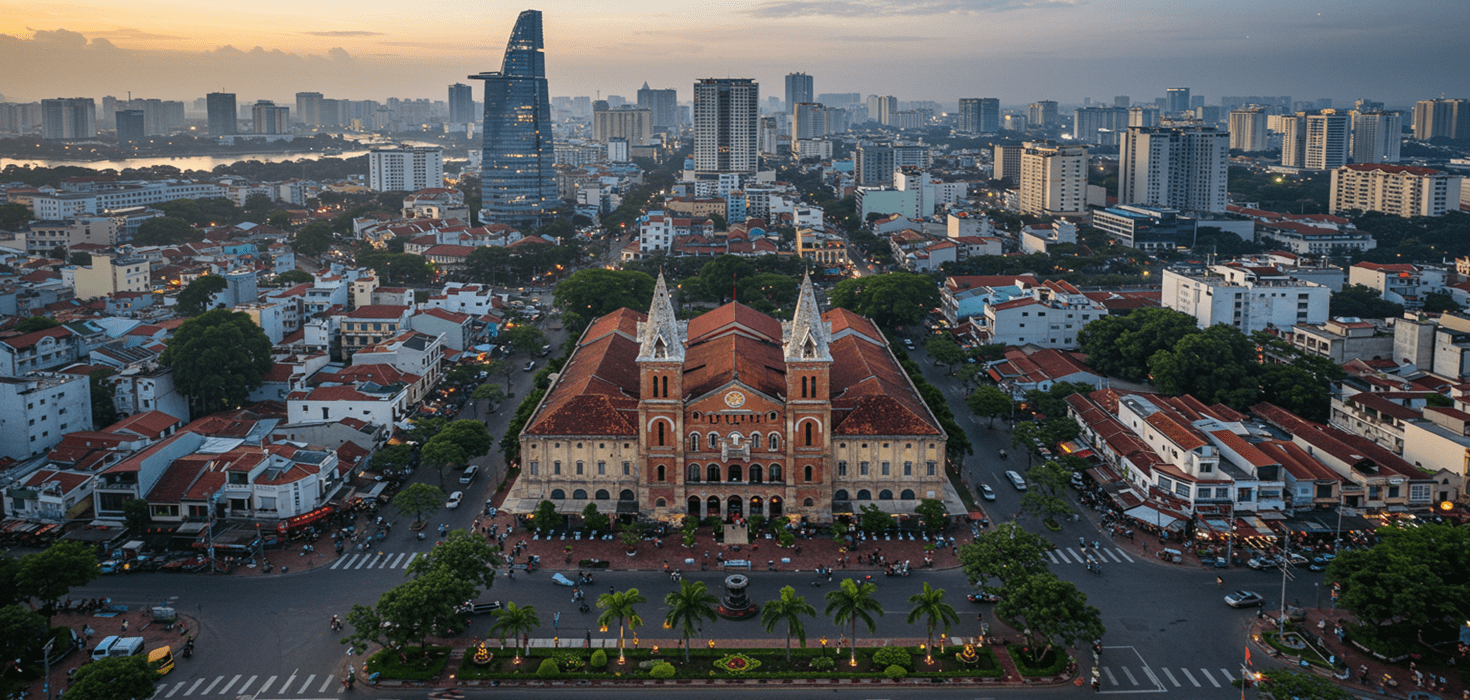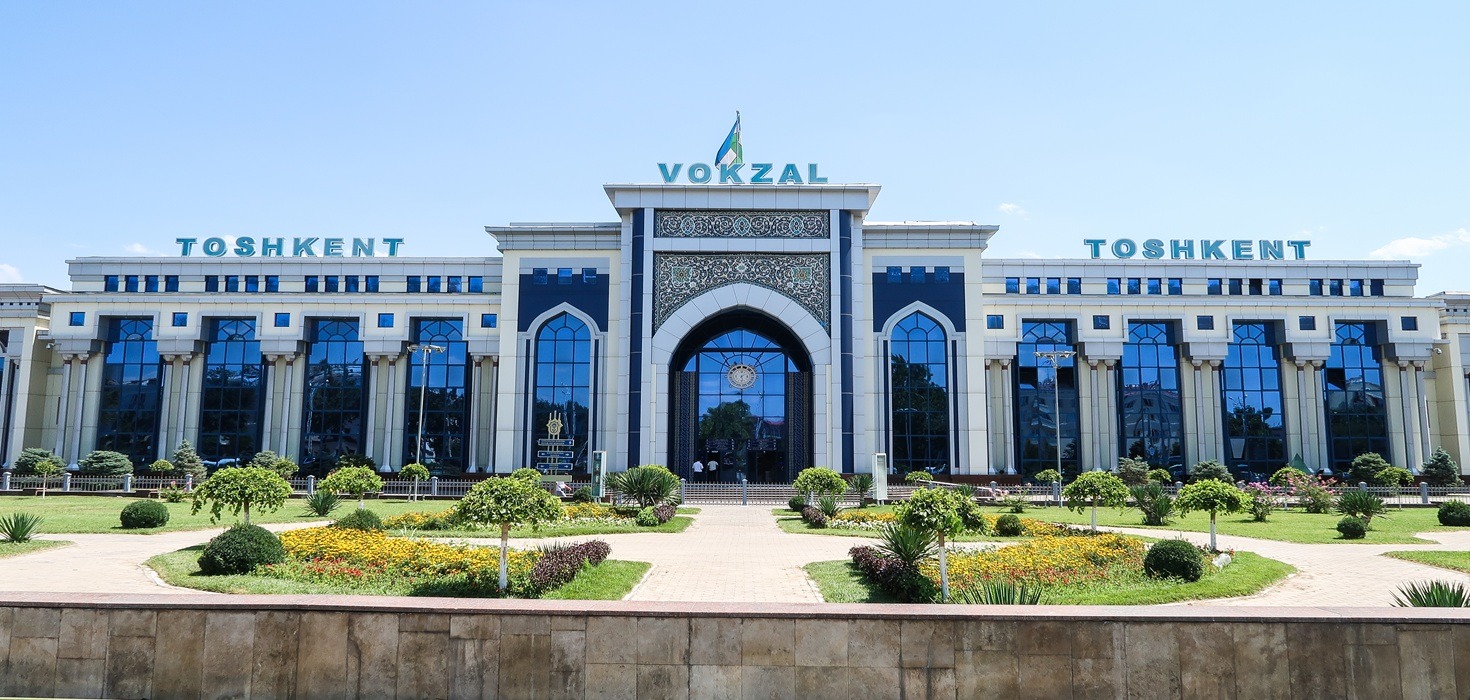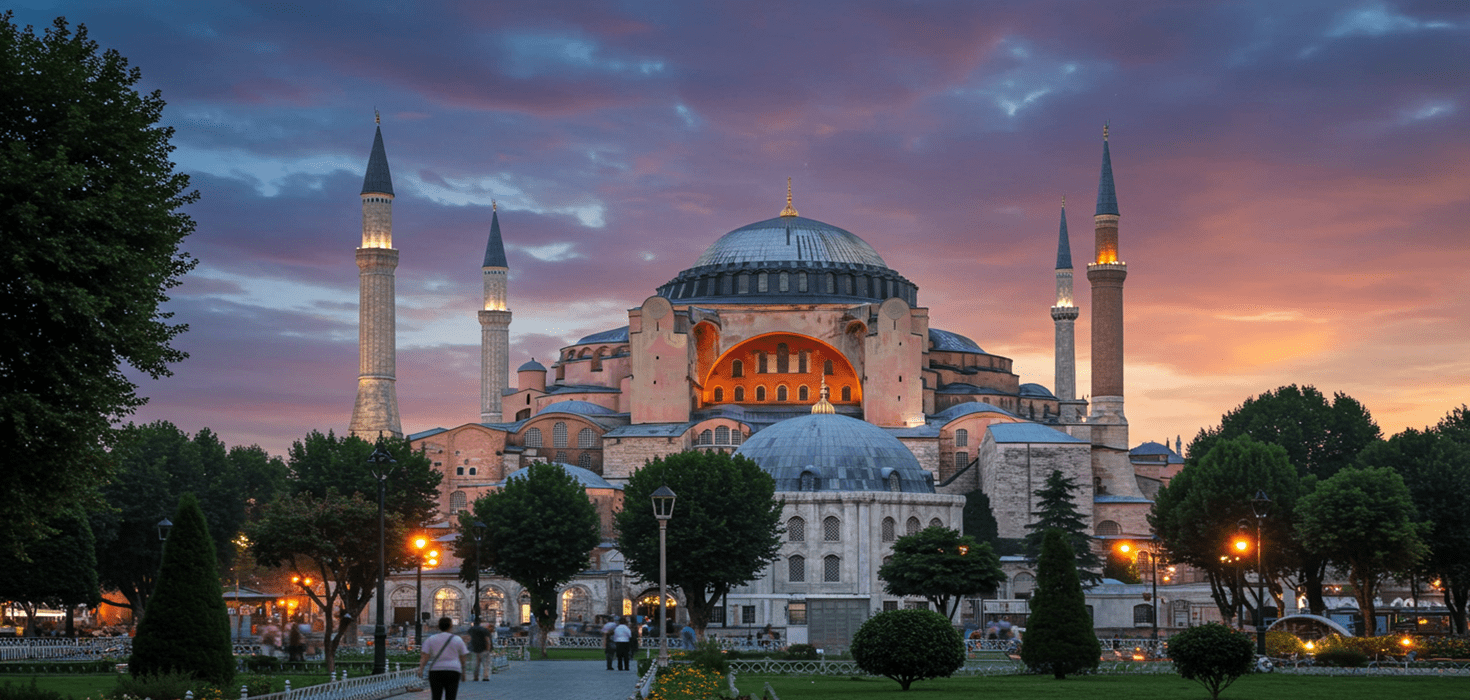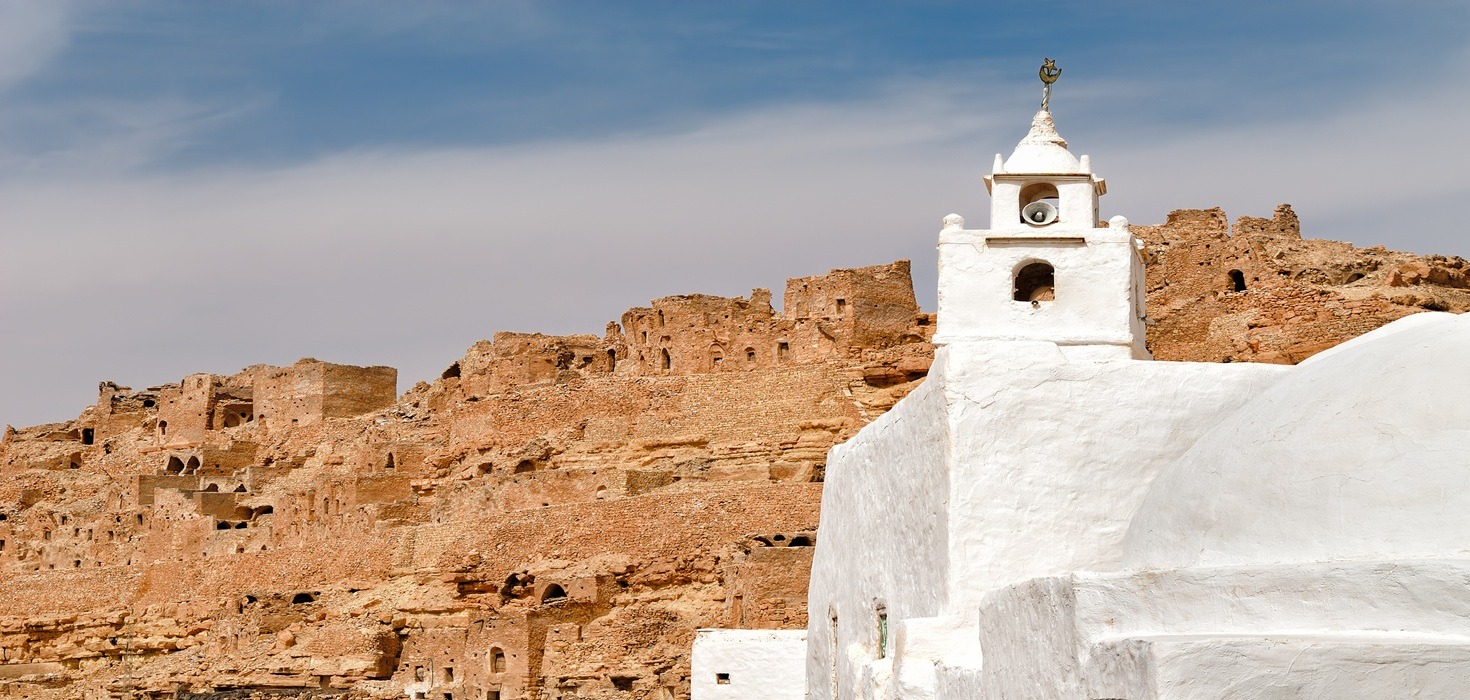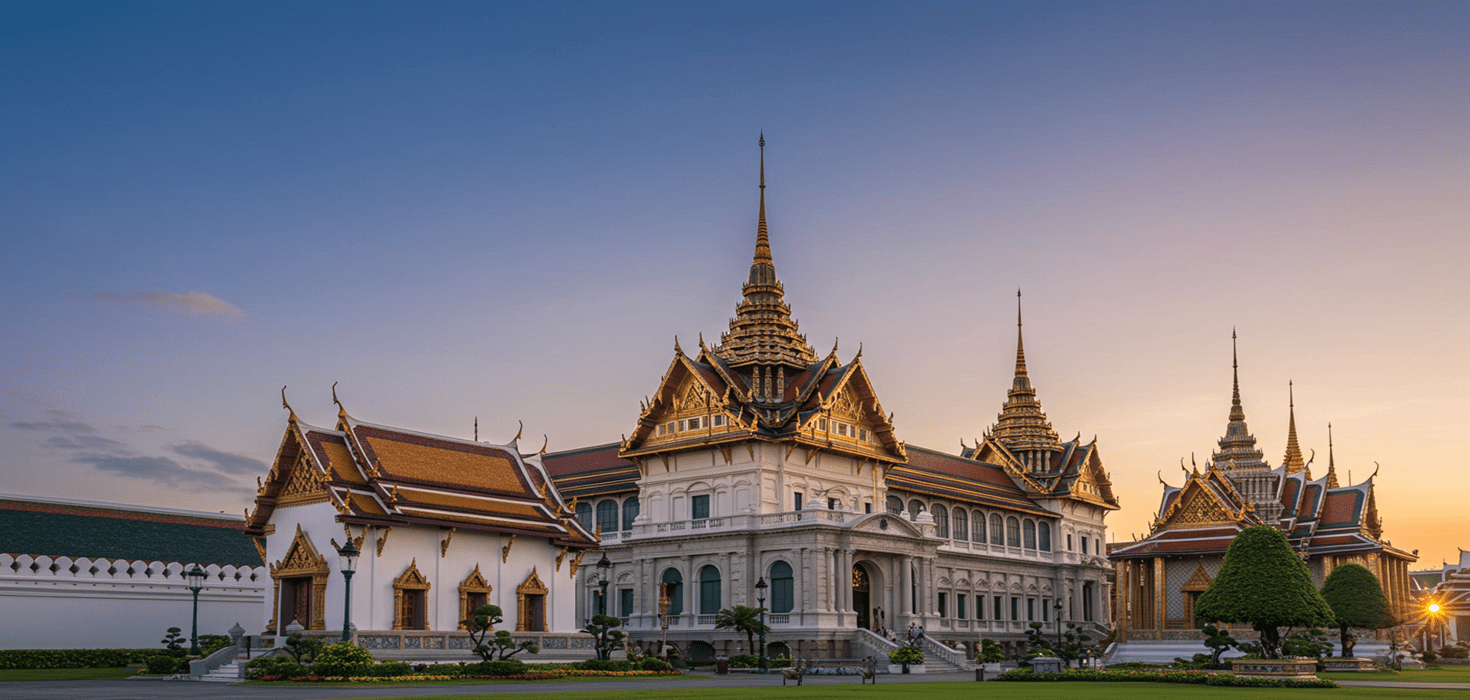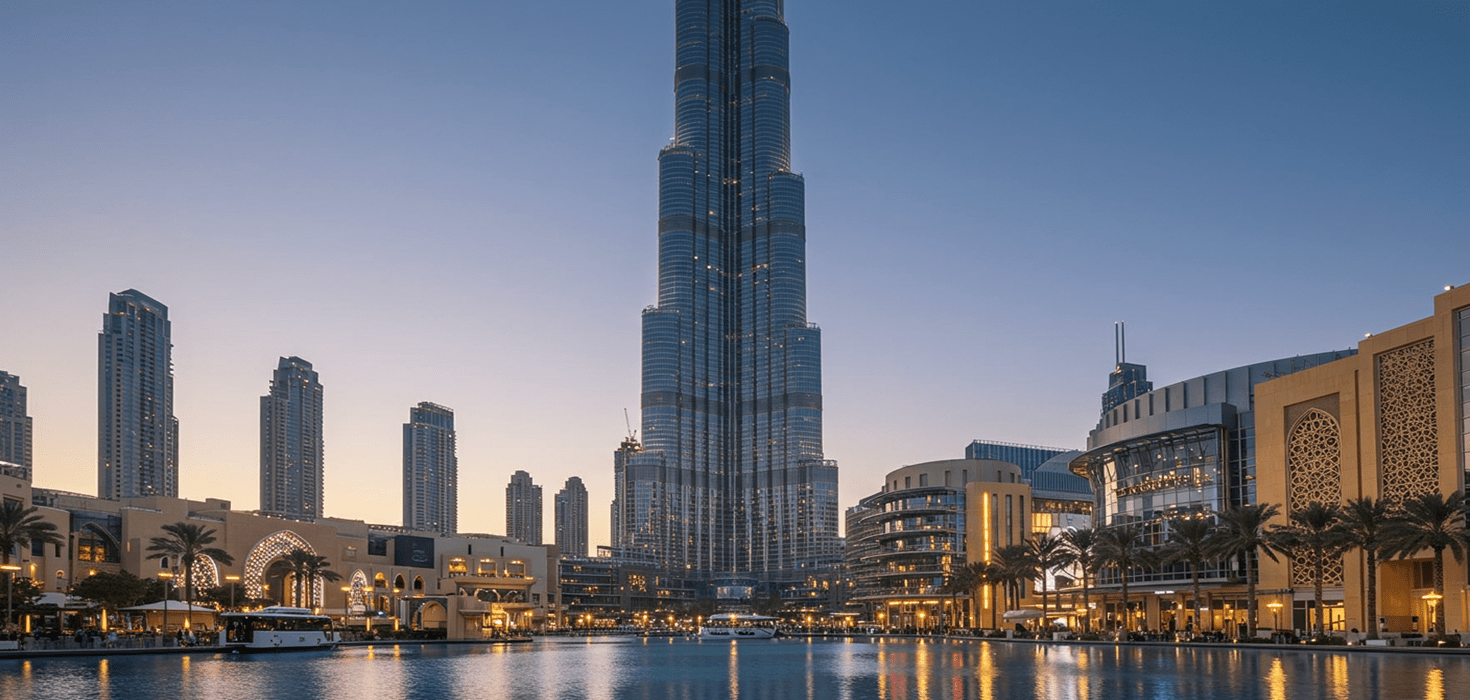Overview of the National Museum of Pakistan: A Cultural Gem in Karachi
Welcome to the National Museum of Pakistan, a treasure trove of history nestled in the heart of Karachi. Established in 1950, this cultural haven stands as a testament to the rich tapestry of the cultural heritage of Pakistan. Located on Dr. Ziauddin Ahmed Road, the museum is easily accessible and is a must-visit for anyone looking to explore the stories that shaped this vibrant nation.
The museum’s significance goes beyond just its impressive collections; it plays a pivotal role in preserving the diverse cultural heritage of Pakistan. With over 50,000 artifacts, including ancient relics, manuscripts, and art pieces, the National Museum of Karachi is a key player in the local tourism scene, drawing visitors from near and far who are eager to immerse themselves in the country’s artistic and historical legacy.
As you wander through its halls, you’ll discover the museum’s commitment to education and cultural preservation, making it a cornerstone of Karachi’s cultural landscape. Whether you’re a history buff, an art enthusiast, or just curious about Pakistan’s past, the National Museum of Pakistan promises an enlightening experience. Ready to plan your visit? Check out our guide on Things to Do in Karachi for more insights!
Gallery Highlights: A Walk Through Time
Prepare to be amazed as we take a stroll through the museum’s key galleries. Each section of the National Museum exhibits a unique facet of Pakistan’s rich history and art, making every visit a new adventure. Let’s start with the Prehistoric Gallery, where the story of Pakistan’s ancient civilizations unfolds. Here, you’ll find tools and artifacts dating back thousands of years, offering a glimpse into the lives of our ancestors.
Next up is the captivating Gandhara Gallery, showcasing the artistic brilliance of the Gandhara civilization. Marvel at the intricate sculptures and Buddhist artifacts that reflect the region’s historical significance as a crossroads of cultures. Don’t miss the stunning representations of Buddha, which embody the fusion of Hellenistic and Indian artistic traditions.
For those enchanted by Islamic art, the Islamic Art Gallery will leave you spellbound. This gallery houses a collection of exquisite calligraphy, ceramics, and textiles that highlight the artistic achievements of the Islamic period in Pakistan. Among the notable exhibits is the Quran Gallery, where beautifully illuminated manuscripts tell stories of faith and devotion.
And if coins pique your interest, the Coins Gallery is a must-visit! Here, you can explore a fascinating array of currency that spans centuries, showcasing the evolution of trade and commerce in the region. Each coin tells a story, from ancient times through the Mughal era to modern-day Pakistan.
As you explore these galleries, keep an eye out for current exhibitions and unique artifacts that stand out. The National Museum is always updating its displays, so there’s often something new to discover!
Visitor Information: Planning Your Day at the Museum
Now that you’re excited about what the National Museum of Pakistan has to offer, let’s get you prepared for your visit! The museum is open to the public every day from 10 AM to 5 PM, making it easy to fit into your Karachi itinerary. Admission is quite affordable, with ticket prices catering to both locals and international visitors.
Accessibility is a priority at the museum, ensuring that everyone can enjoy the rich collections on display. Facilities for differently-abled visitors are available, including ramps and designated seating areas, making it a family-friendly destination.
To make the most of your visit, consider arriving early in the day. This way, you can explore the galleries without the crowds and take your time soaking in the history and art. Don’t forget to wear comfortable shoes—there’s a lot to see!
For those traveling with family, the museum offers various amenities, including rest areas and cafés where you can grab a bite after your exploration. Want to stay nearby? Check out Galaxy House, a perfect spot for families looking to make the most of their museum experience!
Family Activities: Fun for All Ages
Visiting the National Museum of Pakistan is not just about admiring artifacts and art; it’s a fantastic opportunity for families to bond and learn together! The museum offers a variety of family-friendly activities designed to engage children and adults alike. One of the highlights is the interactive exhibits that encourage young visitors to explore history in a hands-on way. Kids can participate in scavenger hunts throughout the museum, making the experience both educational and fun.
For families looking for a guided experience, the museum provides special tours tailored for children. These tours are led by knowledgeable guides who share fascinating stories and trivia that captivate young minds. Imagine your kids’ eyes lighting up as they learn about ancient civilizations or the art of the Gandhara period! It’s a wonderful way to ignite their curiosity and appreciation for Pakistan’s rich heritage.
Don’t forget to check the museum’s event calendar for any workshops or educational programs that may be taking place during your visit. These activities are often designed to be hands-on, allowing children to create their own art inspired by the exhibits or learn about traditional crafts. Families often leave with not just memories but also a unique souvenir crafted by their little ones!
Many families who have visited the National Museum rave about the enriching experience. One parent shared, “My kids were so engaged that they didn’t want to leave! They learned so much, and we had a blast together.” So, pack your bags and get ready for a day of fun and learning!
Culinary Delights: Dining Near the Museum
After an exhilarating day at the museum, you’ll want to refuel with some delicious local cuisine! Karachi is a food lover’s paradise, and there are plenty of eateries nearby that cater to every palate. From street food to upscale dining, you’ll find it all just a stone’s throw away from the National Museum of Pakistan.
For a taste of authentic Karachi flavors, head over to Burns Road, famous for its street food stalls. Here, you can savor mouthwatering dishes like biryani, kebabs, and nihari. If you’re feeling adventurous, don’t miss out on trying karachi’s famous bun kebabs—they’re a must-try!
If you prefer a more sit-down experience, the Karachi Boat Club offers stunning views of the waterfront along with a delightful menu featuring both local and international dishes. Enjoy a meal while watching the sunset, creating the perfect end to your museum day.
For dessert, treat yourself to kheer or gulab jamun at one of the local sweet shops. Your taste buds will thank you for this culinary adventure!
Cultural Events and Festivals: Engage with Karachi’s Art Scene
Karachi is alive with culture, and the area surrounding the National Museum of Pakistan is no exception! Throughout the year, the city hosts a variety of cultural events and festivals that celebrate art, music, and heritage. Timing your visit to coincide with these events can enhance your experience immensely.
One of the most popular events is the Karachi Literature Festival, which attracts authors, poets, and thinkers from across the globe. It’s a fantastic opportunity to engage with literature and art while enjoying discussions and book signings. If you’re lucky enough to be in town during this festival, make sure to attend!
The museum also frequently hosts temporary exhibitions and art shows that showcase contemporary Pakistani artists. These exhibitions are a great way to see the current art scene and discover new talents. Keep an eye on the museum’s website for announcements about upcoming events.
Don’t miss the chance to experience traditional music and dance performances that often take place in the vicinity of the museum. These events provide a lively atmosphere and a deeper understanding of Pakistan’s cultural diversity.
Practical Travel Tips: Make the Most of Your Visit
Planning a visit to the National Museum of Pakistan? Here are some handy tips to ensure you have an enjoyable experience:
- Transportation: The museum is conveniently located in the city center, making it accessible by public transport. Ride-hailing apps are also popular and can take you directly to the museum.
- Timing: Aim to visit during weekdays to avoid the weekend crowd. Early mornings are typically quieter, allowing you to explore the galleries at your own pace.
- What to Bring: Don’t forget your camera! The museum is filled with stunning visuals that you’ll want to capture. Also, bring a notebook if you love jotting down interesting facts or sketches inspired by the exhibits.
- Health and Safety: Follow local health guidelines during your visit. Carry hand sanitizer and wear a mask if required, ensuring a safe and enjoyable experience.
With these tips in hand, you’re ready to make the most of your visit to this cultural gem. Happy exploring!
Seasonal Travel Insights: Best Times to Visit
Karachi boasts a warm climate year-round, but the best time to visit the National Museum of Pakistan is during the cooler months, from November to February. During this period, temperatures are more pleasant, making your museum exploration much more enjoyable.
In addition to the comfortable weather, several cultural festivals take place during these months, providing even more reasons to visit. The Karachi International Book Fair in December is a highlight, attracting book lovers and literary figures alike. Pair your museum visit with this event for a culturally rich experience!
Spring brings its own charm, with several art exhibitions and outdoor events that allow you to enjoy the lively atmosphere of Karachi. If you can, plan your trip around these times for the ultimate cultural immersion.
Fun Facts About the National Museum of Pakistan
Did you know that the National Museum of Pakistan houses some of the oldest artifacts in the region? Here are a few fun facts that will make your visit even more exciting:
- The museum’s collection includes artifacts from the ancient Indus Valley Civilization, which dates back over 5,000 years!
- One of the museum’s prized possessions is a collection of ancient manuscripts, some of which are written in languages that are no longer spoken.
- The museum is home to a unique collection of miniature paintings that showcase the exquisite artistry of the Mughal era.
- It features a dedicated gallery for the Quaid-e-Azam Muhammad Ali Jinnah, the founder of Pakistan, showcasing personal items and memorabilia.
These intriguing details add layers to your visit, transforming a simple tour into an engaging journey through time!
Historical Context and Folklore: The Stories Behind the Artifacts
Every artifact at the National Museum of Pakistan has its own story, often steeped in history and folklore. For instance, the stunning sculptures in the Gandhara Gallery not only showcase artistic brilliance but also reflect the rich cultural exchanges that occurred along ancient trade routes.
One fascinating tale revolves around the Indus Valley seals, which were used for trade and communication. These seals often feature intricate designs and inscriptions that have puzzled historians for centuries. The legends surrounding these symbols hint at the advanced civilization that once thrived in the region.
Another captivating aspect is the stories of the Mughal emperors, whose influence on art and architecture is evident throughout the museum. The miniature paintings tell tales of court life, battles, and romance, providing a glimpse into the opulent world of the Mughals.
As you explore the museum, take a moment to appreciate these stories. They breathe life into the artifacts, transforming your visit into a vivid experience of Pakistan’s rich heritage.
Shopping Guide: Souvenirs and Local Crafts
No trip is complete without a little shopping! Near the National Museum of Pakistan, you’ll find a variety of shops and markets where you can pick up unique souvenirs and local crafts. From traditional textiles to handcrafted pottery, there’s something for everyone.
Be sure to visit Zainab Market, a popular destination for tourists looking to buy authentic Pakistani handicrafts. Here, you can find beautiful embroidered fabrics, intricate carpets, and stunning jewelry that reflect the rich cultural heritage of the region. Don’t be shy to bargain a bit; it’s all part of the experience!
If you’re looking for art, check out local galleries that feature works by contemporary Pakistani artists. These pieces make for memorable gifts and are a great way to support local talent.
Whether you’re hunting for a unique piece of art or a lovely shawl, the shopping experience near the museum is sure to be a highlight of your trip!
Transportation Details: Getting to the Museum
Getting to the National Museum of Pakistan is easy, thanks to its central location in Karachi. If you’re using public transport, several buses and rickshaws run through the area, making it accessible from various parts of the city.
For those who prefer a more private mode of transport, ride-hailing apps are widely used and can take you directly to the museum’s entrance. If you’re driving, there are parking facilities available nearby, but it’s best to arrive early to secure a spot.
Once you’re at the museum, you’ll be delighted to find that most of the attractions are within walking distance. So, wear comfortable shoes and enjoy exploring the vibrant streets of Karachi!
Commonly Asked Questions (FAQs): Your Queries Answered
Here are some common questions visitors often have about the National Museum of Pakistan:
- What are the museum’s opening hours? The museum is open daily from 10 AM to 5 PM.
- Is there an admission fee? Yes, the ticket prices are quite affordable, catering to both locals and international visitors.
- Are guided tours available? Yes, guided tours can be arranged for groups, providing a deeper insight into the exhibits.
- Is the museum family-friendly? Absolutely! The museum offers various activities and amenities for families, making it a great place for visitors of all ages.
With these answers in mind, you’re all set for a fantastic visit to this cultural treasure!
